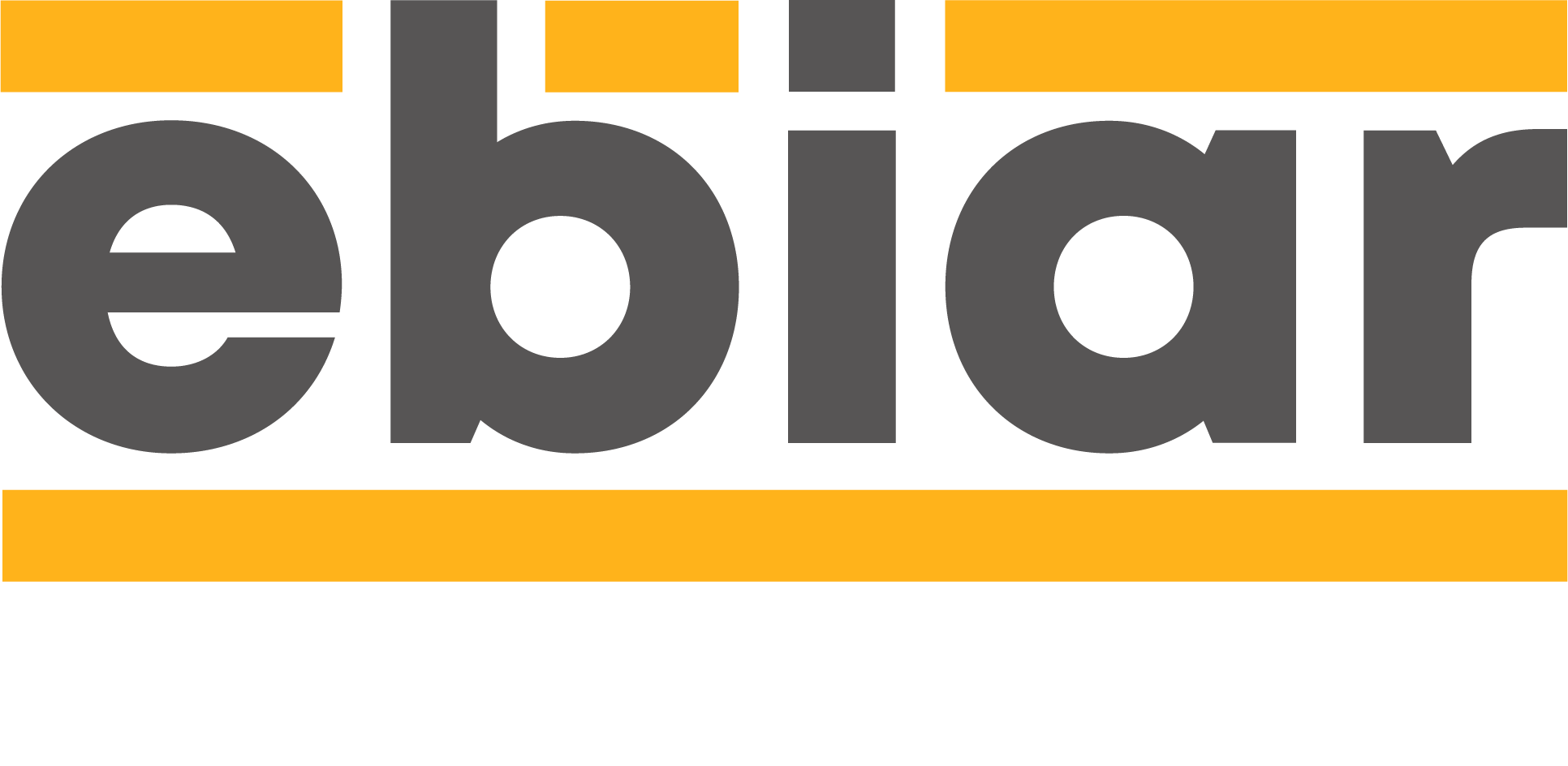Market Entry Terms
Home » Market Entry Terms
Barriers to Entry
The factors that need to be overcome by new entrants if they are to compete in an industry.
Corporate Entrepreneurship
A procedure utilized for creating a new business, solutions or services inside a present company for providing value and creating new revenues using the thoughts and actions of an entrepreneur.
Collaborative Advantage
The ability to form effective and rewarding partnerships with other organizations, for mutual benefit.
Complementor
A company that sells a product or service that complements the products or services of another company.
Competitive Rivals
Organizations with similar products and services aimed at the same customer group.
Corporate Governance
The structure of rules, practices and processes used to direct and manage a company.
Corporate Social Responsibility (CSR)
The self-imposed responsibility of companies to society in areas such as the environment, the economy and employee well-being.
Game Theory
The analysis of a situation involving conflicting interests (e.g., in business strategy) in terms of gains and losses among opposing players.
Hyper Competition
Occurs where the frequency, boldness and aggression of competitor interactions accelerate to create a condition of constant disequilibrium and change.
Industry Life Cycle
Refers to the stages of growth, consolidation and eventual extinction of an industry.
Key Drivers for Change
The environmental factors likely to have a high impact on the success or failure of strategy.
Lock-in Strategy
A strategy in which the customer is so dependent on a vendor for products and services that the customer cannot move to another vendor without substantial switching costs – real and/or perceived.
Market
A group of customers for specific products or services that are essentially the same (e.g., a particular geographical market.)
Market segment
People who are grouped together for marketing purposes, and are part of a larger market, often lumping individuals together based on one or more similar characteristics.
Objectives
These are more precise and ideally quantifiable statements of the organization’s goals over some period of time.
Oligopoly
A state of limited competition, in which a market is shared by a small number of producers or sellers.
Perfect Competition
Exists where barriers to entry are low, there are many equal rivals each with very similar products and information about competitors is freely available.
PESTEL Framework
Categorizes environmental influences into six main types: political, economic, social, technological, environmental and legal.
Porter’s Five Forces Framework
Identifies the attractiveness of an industry in terms of five competitive forces: the threat of entry, the threat of substitutes, the power of buyers, the power of suppliers and the extent of rivalry between competitors.
Stakeholder Mapping
The visual process of laying out all the stakeholders of a product, project, or idea on one map.
Strategic Choices
The options for strategy in terms of both the directions in which strategy might move and the methods by which strategy might be pursued.
Strategic Positions
Concerned with the impact on strategy of the external environment, the organization’s strategic capability (i.e., resources and competences), the organization’s goals and the organization’s culture.
Substitutes
Products or services that offer a similar benefit to an industry’s products or services, but by a different process.
Strategy Canvas
Compares competitors according to their performance on key success factors to develop strategies based on creating new market spaces.
Strategic Groups
Organization within an industry or sector with similar strategic characteristics, following similar strategies or competing on similar bases.
Substitutes
Products or services that offer a similar benefit to an industry’s products or services, but by a different process.
Three Horizons Framework
Every organization should think of itself as comprising three types of business or activity, defined by their “horizons” in terms of years.
Threshold Capabilities
Those needed for an organization to meet the necessary requirements to compete in each market and achieve parity with competitors in that market.
Value Curves
Graphic depiction of how customers perceive competitors’ relative performance across the critical success factors.
Value Innovation
Creation of new market space by excelling on established critical success factors on which competitors are performing badly and/or by creating new critical success factors representing previously unrecognized customer wants.
Value Network
The set of inter-organizational links and relationships that are necessary to create a product or service.
Value Net Model
An analytical strategy tool that describes the behavior of multiple businesses (i.e., competitors) in a given industry and its strategic alliances with industry players.


